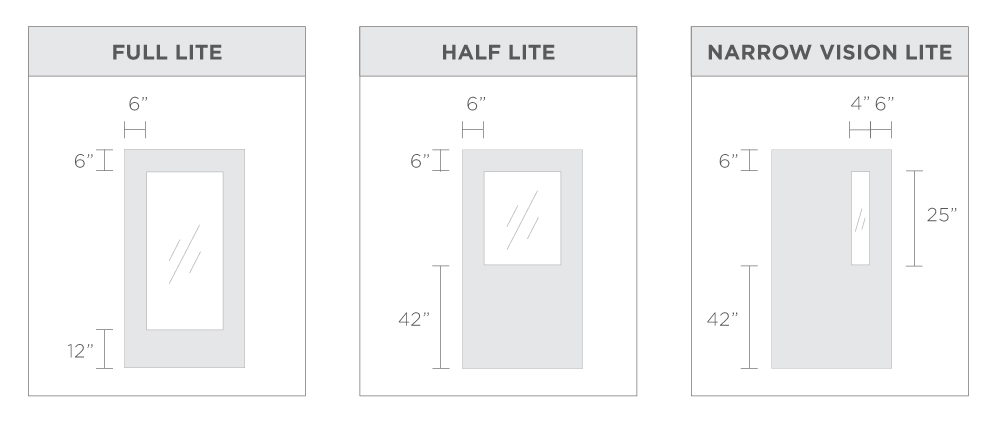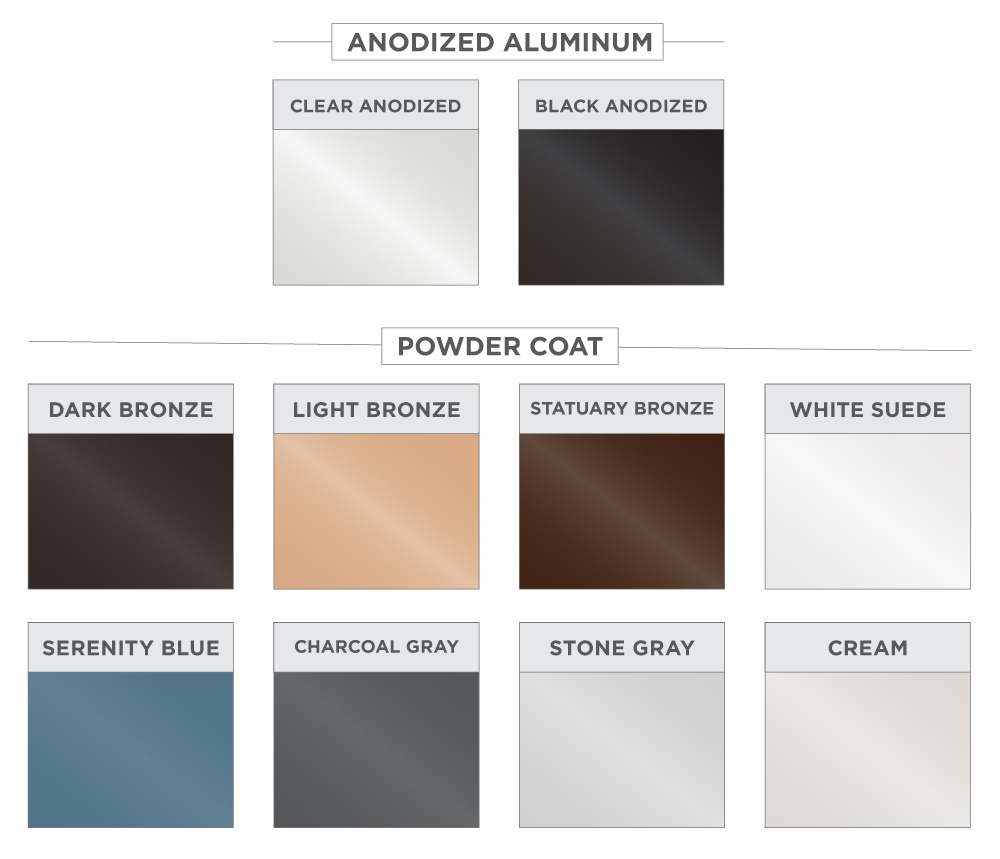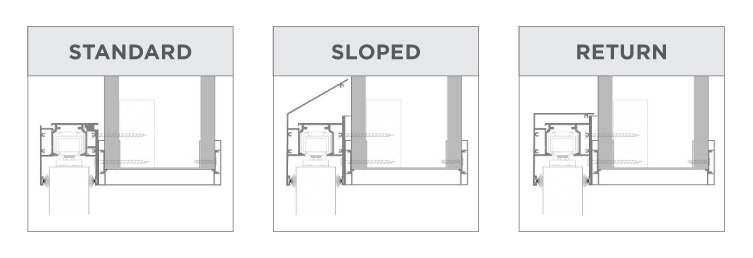Navigating Tariff Challenges: How Custom Sliding Doors from China Thrive Amidst US-China Trade Tensions
In recent years, the escalating trade tensions between the United States and China have presented significant challenges for various sectors, yet the market for custom sliding doors has remarkably thrived. According to a report by the American Institute of Architects, the demand for custom door solutions, particularly in the residential sector, is projected to grow at a CAGR of 5.2% through 2025. This growth persists despite the imposition of tariffs, as manufacturers in China leverage innovation and cost-efficiency to maintain their competitive edge. By focusing on quality and customization, Chinese companies are not only navigating the intricate landscape of international trade but are also catering to the burgeoning interest in unique architectural solutions across the U.S. market. As the industry adapts to shifting economic dynamics, the resilience of custom sliding doors stands as a testament to the potential for growth amidst adversity.

Understanding the Current US-China Trade Landscape and Its Impact on Tariffs
The current US-China trade landscape has significantly influenced tariff structures, creating both challenges and opportunities for industries. Since the escalation of trade tensions in 2018, tariffs have surged, impacting numerous sectors, particularly those reliant on imports from China. As of 2025, tariffs on various goods can reach as high as 145%, with sliding doors being among the affected categories. These tariffs not only alter cost dynamics but also compel businesses to rethink their supply chains and market strategies.
**Tip:** Companies should closely monitor tariff changes and adjust pricing strategies accordingly to remain competitive. Streamlining supply chain operations can also mitigate increased costs due to tariffs, ensuring profitability amid fluctuating trade policies.
Despite these challenges, custom sliding doors made in China are finding ways to thrive. By emphasizing quality, innovation, and cost-effectiveness, these products maintain a competitive edge even in a tight market. Reports indicate that even with heightened tariffs, a demand for unique and customizable solutions persists, indicating an opportunity for manufacturers to cater to niche markets.
**Tip:** Focus on enhancing product features and offering customization options to appeal to specific customer needs. Building strong relationships with suppliers can help navigate difficulties posed by tariff hikes and create a more resilient business model.

The Growth of China-Sourced Custom Sliding Doors Amidst Tariff Challenges
Amidst the escalating US-China trade tensions, the market for China-sourced custom sliding doors has demonstrated remarkable resilience and growth. The imposition of tariffs has presented challenges for manufacturers and distributors alike; however, many have found innovative ways to navigate this shifting landscape. By leveraging cost-effective production and investing in advanced manufacturing techniques, Chinese suppliers have managed to maintain competitive pricing without compromising on quality, making them attractive options for U.S. consumers.
Furthermore, the demand for custom sliding doors continues to rise, driven by trends in home improvement and modernization. As homeowners increasingly seek stylish and functional solutions to enhance their living spaces, sliding doors offer a perfect blend of aesthetics and practicality. Chinese manufacturers have capitalized on this trend by providing a diverse range of designs and customizable features that cater to various consumer preferences. In this competitive environment, the ability to pivot quickly, adapt to market needs, and deliver superior products has positioned China-sourced custom sliding doors as a thriving segment amidst tariff challenges.
Strategies for Chinese Manufacturers to Overcome Trade Tensions and Tariffs
As the trade tensions between the US and China continue to rise, Chinese manufacturers face significant challenges, particularly in the sliding door sector. However, there are effective strategies they can implement to thrive despite tariffs. One crucial approach is to enhance product quality and innovation. By investing in research and development, manufacturers can create unique designs and features that not only meet but exceed market demands, helping to justify price increases that may arise from higher tariffs.
Another key strategy is to explore alternative markets outside of the US. By diversifying export destinations, manufacturers can reduce their reliance on the American market. Engaging with emerging economies or reinforcing ties with existing partners in Europe and Southeast Asia can provide new revenue streams and mitigate the impact of fluctuating trade policies.
**Tips for Chinese Manufacturers:**
1. **Streamline Supply Chains**: Optimize the supply chain to minimize costs and lead times. This includes sourcing materials locally where possible to avoid additional tariffs.
2. **Leverage Technology**: Utilize digital marketing and e-commerce platforms to reach global customers directly, which can help bypass traditional distribution challenges exacerbated by trade tensions.
3. **Collaborate and Partner**: Form alliances with US-based companies to strengthen market presence. Such partnerships can lead to shared resources, better insights into consumer preferences, and reduced friction caused by tariffs.
Navigating Tariff Challenges: How Custom Sliding Doors from China Thrive Amidst US-China Trade Tensions
| Dimension | Value |
|---|---|
| Year | 2023 |
| Average Tariff Rate on Chinese Imports | 25% |
| Market Share of Custom Sliding Doors (US Market) | 30% |
| Percentage of Manufacturers Adopting Alternative Sourcing | 40% |
| Cost Increase Due to Tariffs | 15% |
| Investment in Technology and Automation | 20% increase |
| Growth Rate of Domestic Sliding Door Manufacturers | 10% annually |
| Customer Satisfaction Rate for Custom Sliding Doors | 85% |
Consumer Preferences: Why Chinese Sliding Doors Remain a Popular Choice in the US
In recent years, consumer preferences have significantly shifted towards custom sliding doors, particularly those imported from China. Market research indicates that the demand for sliding doors in the United States has surged, with a projected annual growth rate of 4.1% from 2021 to 2026. This trend can be largely attributed to the appealing combination of aesthetics, functionality, and cost-effectiveness that Chinese sliding doors provide. With a variety of designs ranging from contemporary to traditional styles, consumers are drawn to the customization options that allow them to tailor their home décor to their personal tastes.
Consumers also appreciate the value Chinese manufacturers bring to the table. A report by the National Association of Home Builders states that energy-efficient doors, which many Chinese sliding door manufacturers prioritize, have become increasingly popular in the wake of rising energy costs. This aligns with the growing demand for sustainable building materials, showcasing that eco-conscious choices are influencing purchasing behaviors.
Tips for homeowners considering sliding doors: 1) Measure your space accurately to ensure a perfect fit and avoid costly mistakes. 2) Pay attention to energy efficiency ratings, as higher-rated doors can lead to long-term savings on utility bills. 3) Explore various frame materials, such as fiberglass and vinyl, to find the ideal balance between durability and style that complements your home.

Future Outlook: The Sustainability of Chinese Custom Sliding Doors in a Tariff Environment
As the trade tensions between the US and China escalate, many industries are grappling with the evolving landscape of tariffs and their impact on costs and supply chains. Custom sliding doors from China, however, are finding ways to thrive in this challenging environment. This adaptability stems from a combination of innovative design, cost-effective manufacturing, and a growing focus on sustainability, aligning with modern consumer preferences.
To sustain their market presence, Chinese manufacturers are increasingly focusing on eco-friendly materials and production processes. By investing in sustainable practices, companies not only comply with international regulations but also appeal to environmentally conscious consumers. Moreover, offering customization options allows manufacturers to cater to specific customer needs, enhancing their competitive edge.
**Tip 1:** Keep an eye on evolving regulations related to tariffs and customs to ensure compliance and avoid unexpected costs.
**Tip 2:** Explore partnerships with local suppliers to reduce shipping costs and improve delivery times, making your product offerings more attractive in a tariff-heavy market.
By embracing innovation and sustainability, Chinese custom sliding doors are well-positioned to navigate the uncertainties of tariff challenges, ultimately securing their place in a competitive marketplace.





